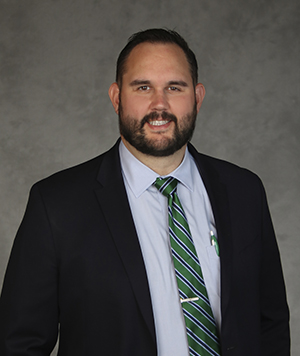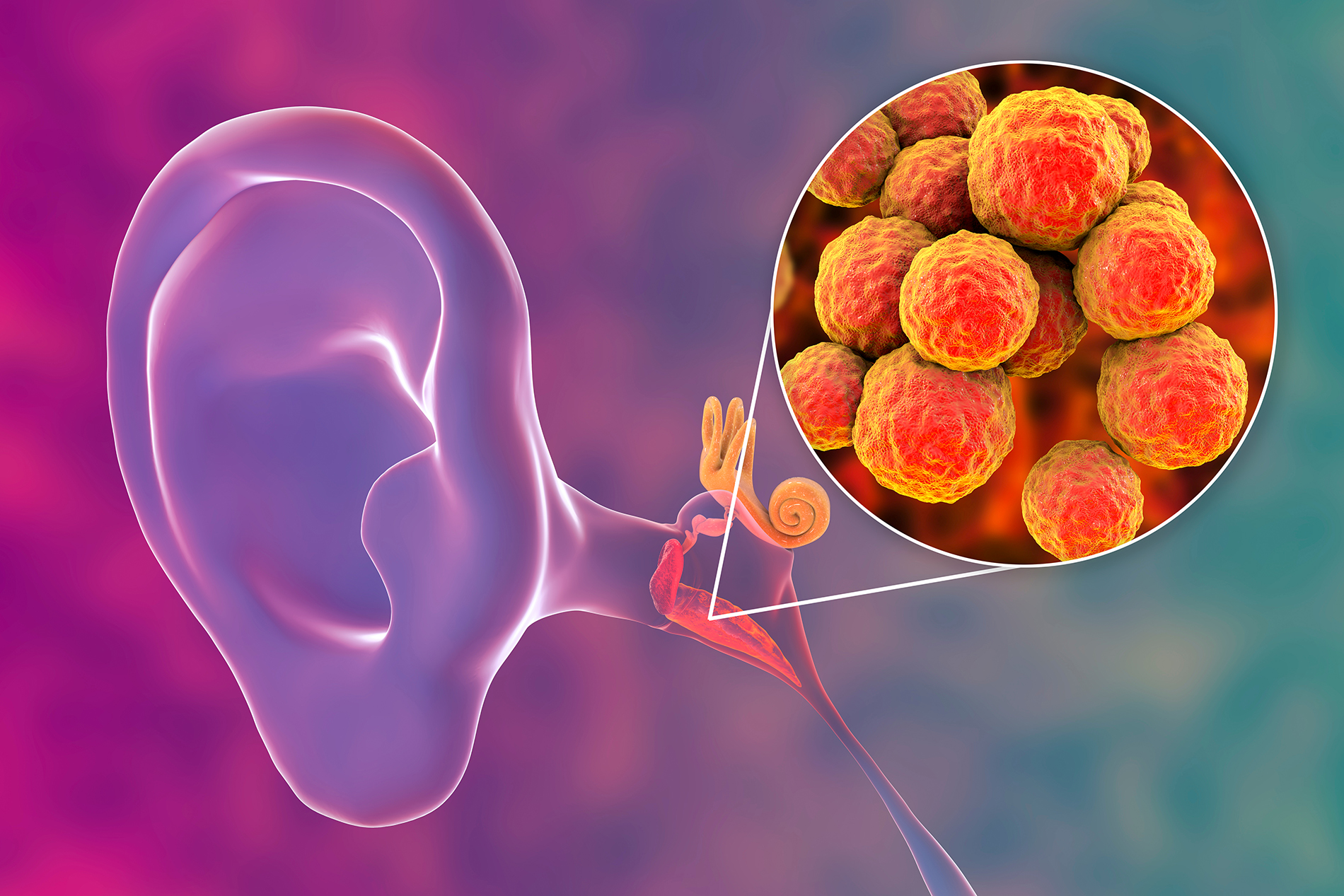by Ryan Walczak, MD, Lexington ENT & Allergy
An ear infection - or acute otitis media - is an infection of the middle ear, the air-filled space behind the eardrum that contains the tiny vibrating bones of the ear. In an ear infection, the eustachian tubes (narrow tubes that run from the middle ear to the back of the throat can become swollen and blocked, causing mucus to build up in the middle ear and become infected.
Children are more likely than adults to get ear infections. About one in three children will have an ear infection by age three. In young children, symptoms include fussiness, tugging at their ears, poor sleep, and fever. These all indicate that your kid may have an ear infection and needs to see their pediatrician, who may prescribe oral antibiotics.
Treating Recurring Ear Infections
Unfortunately, some children are prone to having multiple ear infections, which can cause hearing problems and other serious complications, including speech delay. If children have recurring ear infections and have undergone numerous rounds of antibiotics, pediatricians often refer the child to an ear, nose, and throat specialist to consider ear tubes.
Ear tubes are narrow tubes surgically insert in the eardrum by an ENT surgeon to treat ear infections. Placing ear tubes is one of the most common surgeries ENT physicians perform. About one in fifteen children will need ear tubes by age three.
Ear tubes allow fluid to drain from the middle ear, which prevents it from building up and becoming infected. It also allows a pathway for antibiotic eardrops to reach the middle ear to treat infections directly.
What to Expect During Surgery
To place ear tubes, the ENT surgeon uses a microscope to look into the ear and makes a small incision to insert the tube. We perform the surgery using general anesthesia with a mask over the child's nose and mouth so a breathing tube is not required. The procedure takes about 10 minutes, and the patient usually goes home shortly after the procedure.
After the Procedure
Pain is very mild following surgery, but some children need over-the-counter liquid Tylenol. It is common to have some drainage from the ear for a few days, so patients may be prescribed ear drops to treat the drainage.
As children grow, the ear tubes eventually fall out. If the child experiences recurring ear infections after the tubes come out, they may need to have ear tubes placed again.

Ryan Walczak, MD, Lexington ENT & Allergy






Leave a comment